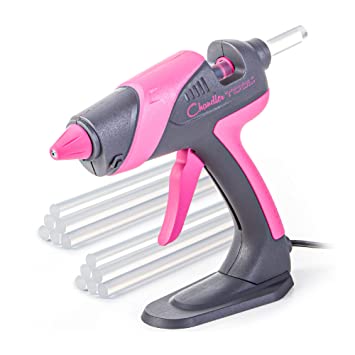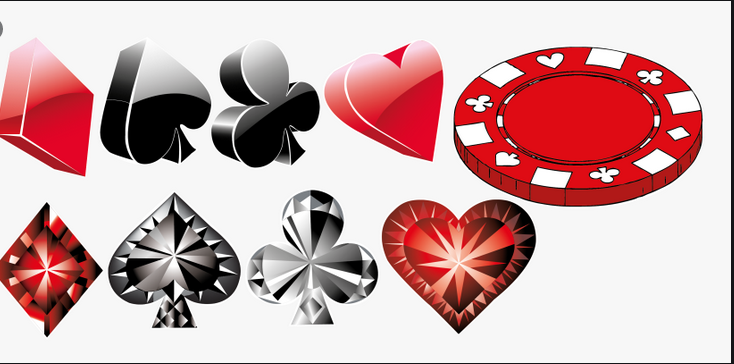
Heat pistols are ideal for stripping painting and getting smaller tubes. This article can provide an overview of the five common kinds of heat guns and allow you to opt for the one that’s very best for your requirements.
4 varieties of heat weapons are most common:
1.The Electric Heat Gun:
The electric heatgun is regarded as the common type of heat gun. It’s run with a motor, which produces heat that is certainly transferred to the nozzle. This heat gun is fantastic for general-objective use and is easily the most inexpensive solution.
2.The Porcelain ceramic Heat Gun:
The porcelain hot gun relies on a earthenware aspect to build heat. This type of heat gun is more costly than the electric 1, but it really offers excellent overall performance. It’s great for apps that require a higher level of precision or accuracy and reliability.
3.The Fuel Heat Gun:
The petrol heat gun relies on a gasoline burner to build heat. This is perfect for hefty-duty use and is easily the most powerful alternative readily available. It’s ideal for stripping painting or welding aluminum.
4.The Infrared Heat Gun:
The infrared heat gun uses infra-red radiation to build heat. This sort of heat gun is perfect for applications demanding accuracy and precision or accuracy. Additionally, it’s less noisy than other heat pistols, which makes it suitable for utilize in sound-vulnerable situations.
Choosing The Best Heat Gun For You
Since you now know the different kinds of heat guns readily available, how would you pick the right one for you? The solution is dependent upon your preferences. If you’re looking for a general-function heat gun, go along with an electrical design. Utilize a gas model if you want a much more sturdy heat gun for heavy-obligation use. If you require a heat gun for precision job, choose an infra-red version. And when you’re doing work in a sound-vulnerable setting, go along with an infra-red design.
Conclusin:
Electric powered types are suitable for general-goal use, when gasoline types are much better for hefty-duty use. If you’re operating in a disturbance-sensitive surroundings, select an infrared design.


